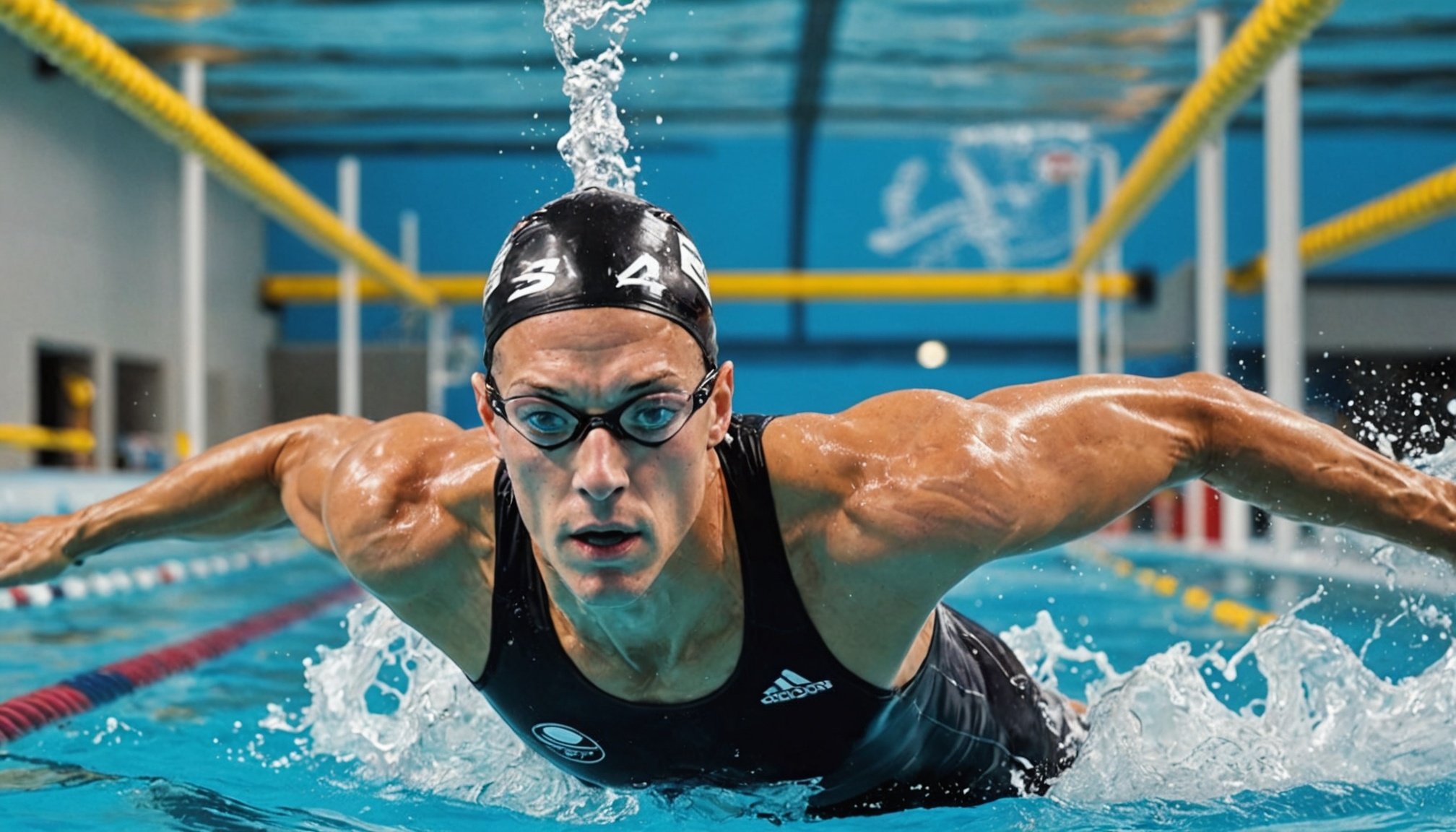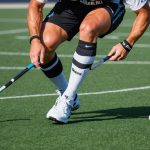Importance of Breathing Techniques in Swimming
Effective breathing strategies are vital for enhancing swimming performance, as they directly influence speed and efficiency. When swimmers master proper breathing, they can maintain a streamlined body position, reducing drag. Drag occurs when water resistance slows a swimmer down, and an improper breathing angle can exacerbate it. By controlling breath with correct timing and position, a swimmer minimizes reducing drag, allowing smoother strokes and faster swim times.
Swimming performance is not merely about powerful strokes; it also hinges on the body’s ability to breathe without disrupting movement. A well-coordinated breathing rhythm helps conserve energy, enabling swimmers to maintain a strong pace. Conversely, common mistakes like lifting the head too high or inconsistent breathing patterns can lead to increased drag, adverse body alignment, and ultimately, decreased efficiency.
Also read : Mastering Long-Distance Cycling: Top Pacing Strategies for Optimal Performance
Ensuring a seamless blend of breath and movement demands practice and awareness. Keep your head low and aligned with your body while inhaling to prevent resistance. Not only does this improve oxygen intake, but it also supports a more aerodynamic form. Remember, improved breathing strategies contribute to overall better performance in the water.
Fundamental Breathing Strategies for Swimmers
Understanding basic swimming techniques can greatly enhance your aquatic performance, particularly when it comes to breathing. Proper oxygen intake is essential for endurance and speed in the water.
In the same genre : What role does hydration play in athletic performance and recovery?
Diaphragmatic Breathing
Diaphragmatic breathing is vital in maximising oxygen intake. This method involves inhaling deeply by expanding the diaphragm rather than shallow breathing using just the chest. The benefits include increased lung capacity and reduced fatigue, allowing swimmers to maintain power throughout their strokes.
Timing and Rhythm
Achieving the right timing and rhythm in your breathing is crucial. Effective breathing should be synchronised with your strokes, ensuring minimal disruption to your swimming techniques. For instance, inhaling during the recovery phase of a stroke and exhaling as you exert force is a seamless way to stay oxygenated.
Breathing Patterns for Different Strokes
Each swimming stroke requires a tailored breathing pattern.
- Freestyle: Typically, swimmers breathe every third stroke to balance their oxygen intake without disrupting their rhythm.
- Breaststroke: Exhaling underwater and inhaling as the head surfaces can keep movements fluid.
- Butterfly: Since it has a more demanding rhythm, breathing every one or two strokes can help maintain consistent energy levels.
Aligning these strategies with careful practice ensures efficient breathing tailored to each stroke.
Techniques to Reduce Drag Through Breathing
Maintaining a streamline position is crucial while swimming, and breath timing plays a significant role in reducing drag. When breathing, it’s essential to turn the head at the right moment to minimise disrupting the body alignment. Breathing too early or too late can cause unnecessary resistance, slowing you down.
To achieve a streamlined position during a breath, keep your body horizontal. This involves rotating the body slightly with each stroke, allowing for efficient head positioning. Maintain the head position by keeping one goggle in the water and one out, aligning with the shoulders to reduce water resistance.
Practising breath timing through drills can improve efficiency. For instance, breathing every three strokes, alternating sides, helps maintain balance and encourages symmetrical body rotation. Focus on exhaling underwater to ensure a quick inhale during the slight head turn, essential for sustaining momentum and reducing drag.
Remember, the key to reducing drag through breathing lies in mastering the body’s alignment and timing. These techniques help improve swimming efficiency and make every stroke more effective, allowing you to glide through the water with ease.
Practical Breathing Exercises for Swimmers
Improving breathing techniques is vital for enhancing swimming performance. Effective breathing exercises can be executed both on land and in water, comprehensively boosting your swim experience.
Dryland Breathing Drills
Dryland drills are fundamental for developing strong respiratory muscles and increasing lung capacity. A simple routine includes diaphragmatic breathing, where you lie on your back and focus on deep, slow inhalations followed by extended exhalations. Incorporating resistance bands can further intensify these exercises by engaging additional muscle groups, preparing you for the demands of swimming.
In-Water Breathing Drills
In-water drills focus on honing breath control and timing. For instance, the 3-3-3 swim drill requires taking a breath every third stroke. This consistent pattern helps swimmers maintain a rhythmic breathing cycle, crucial for effective stroke execution. Another effective method is the “head-up freestyle,” which assists in refining breathing technique by promoting efficient head positioning.
Incorporating Breathing into Swim Sets
Incorporating breathing exercises into regular swim sets is highly recommended. Begin with swim drills that integrate consistent breath patterns, creating a habitual rhythm. Mixing these sets with intervals dedicated to controlled breathing can lead to substantial improvements in overall swimming endurance and performance.
Expert Insights and Testimonials
In swimming, understanding the nuances of breathing techniques can drastically improve an athlete’s performance. Elite swimmers often share invaluable insights into their personal strategies. Several top-tier swimmers have emphasised the importance of controlled breathing for enhancing speed and endurance.
For instance, swimmer Michael Phelps highlights how focusing on a long, sustained breath can keep muscles oxygenated for better efficiency. Testimonials like his offer a peek into the mental game behind competitive swimming, where breath control becomes second nature.
Furthermore, performance studies shed light on the link between breathing patterns and swim speed. Research consistently shows that optimised, rhythmic breathing directly enhances swim velocity. By minimising unnecessary head movement, swimmers reduce drag, allowing for smoother and faster strokes.
Athlete experiences affirm these findings, noting significant time improvements when incorporating these techniques into their routines. For budding swimmers, emulating these expert strategies can prove transformative, fostering both confidence and skill development in the pool.
By assimilating these expert insights and adopting tested breathing methodologies, athletes can unlock new levels of performance and experience the full spectrum of swimming prowess.
Visual Aids and Resources for Enhancing Breathing Techniques
The utilization of visual learning tools significantly aids in mastering effective breathing techniques by providing clear and concise representations. Video demonstrations offer dynamic examples, allowing learners to observe and mimic correct form and rhythm. Additionally, educational diagrams break down complex breathing strategies into digestible formats, which bolsters comprehension and retention.
Recommendations for Instructional Videos and Online Resources
For those seeking to deepen their breathing technique understanding, a variety of instructional resources are available. Online platforms like YouTube host numerous tutorials that demonstrate proper breathing in different contexts, from athletic performance to stress relief. These resources often feature expert instructors who can guide you through each step, enhancing your learning experience.
Tips on Using Video Analysis
Video analysis is not merely for initial learning; it is also instrumental in refining and perfecting breathing strategies through practical application. By recording and reviewing your sessions, you can compare your technique against recommended practices. Focus on identifying discrepancies in timing, posture, and sequence. This reflective practice helps in recognizing areas for improvement and developing a personalized, effective breathing technique regimen.











